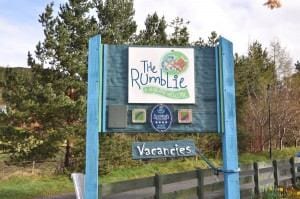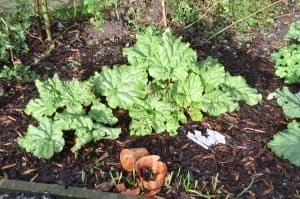Travel News
Peer to Pier: Eco Travel in the Scottish Highlands
 MP: My room has a bamboo sink—that’s an example of an eco feature that I’ve not come across.
MP: My room has a bamboo sink—that’s an example of an eco feature that I’ve not come across.
SD: We searched for a sink that would qualify as “eco” and we came across very little. There were a couple of companies selling sinks made from recycled glass. They were fantastic, and I would have loved them. They were works of art—but were each, horrendously expensive.
FD: Plus, you worry about it breaking from use.
SD: We realized we needed something that’s sustainable, not only in terms of material, but sustainable as in its going to survive. I started to think about wood, and specifically bamboo. It wasn’t horrendously expensive. It’s quick growing, and it’s hard-wearing.
When the guys came with the sink, it was on a palette, and I thought, “Why would you need a palette for a bamboo washbasin?” It wasn’t until I went to pick it up, that I realized it was too heavy to pick up.” When installing the sink, they had to add more timbers in the wall in order to support its weight.
In turning bamboo into furniture, it’s squashing it all down into a material that they can work, thus compounding the weight.
 FD: It’s nothing like the bamboo that the pandas eat.
FD: It’s nothing like the bamboo that the pandas eat.
MP: The food here is delicious–how do you source the ingredients?
FD: The smoked trout comes from 15 miles down the road from Heather and Craig, who re-introduced organic brown trout to the Cairngorms National Park. They started breeding the trout and realizing that they actually could make a business out of doing the smoking, and selling it.












